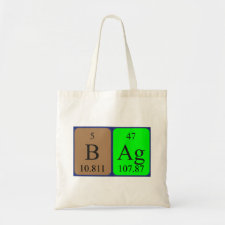
Authors: Shamaeli E, Alizadeh N
Article Title: Kinetic studies of electrochemically controlled release of salicylate from nanostructure conducting molecularly imprinted polymer.
Publication date: 2013
Journal: Electrochimica Acta
Volume: 114
Page numbers: 409-415.
DOI: 10.1016/j.electacta.2013.10.119
Alternative URL: http://www.sciencedirect.com/science/article/pii/S0013468613020896
Abstract: Nanostructure polypyrrole (PPy) films templated with salicylate (SA), as a model drug, have been utilized as conducting molecularly imprinted polymer (CMIP) for potential-controlled selective loading and release. Two key parameters (applied potential and temperature) affecting on release kinetic were studied using fluorescence spectrometry. The measured fluorescence intensity was related to the amount of SA released from the film. The film templated with SA exhibited good selectivity over some interference for loading. The PPy film as recognative absorbent has been applied for the selective loading and release of SA to the receptor solution. Characterization of the CMIP/SA using field emission scanning electron microscopy (FE-SEM) has confirmed the nanostructured morphology of the films. Kinetics of salicylate release from the CMIP was investigated at various applied potentials and temperatures. The Avrami's equation was used to analyze release kinetics. This equation showed good fit for SA release profiles. Kinetics analysis based on Avrami's equation showed that the release of SA was controlled and accelerated by increasing potential and temperature. For potential treatments, the release parameter (n) represented a diffusive mechanism at open circuit condition and a first-order mode at applying electrochemical potentials. However, at open circuit condition, a diffusive mechanism was found almost in all temperature experiments. Release rate constants increased as a function of increasing temperature. Activation energy parameters (Ea, Δ G‡, Δ H‡ and Δ S‡) and half-life time (t1/2) of drug release are also analyzed as a function of applied potential. The relationship between the applied potentials and activation parameters was investigated and was shown that Ea and Δ G‡ decreased linearly by increasing negative applied potential
Template and target information: salicylate, SA, 2-hydroxybenzoate
Author keywords: Release kinetics, drug delivery, Conducting molecularly imprinted polymer, Electrochemically controlled release, polypyrrole



Join the Society for Molecular Imprinting

New items RSS feed
Sign-up for e-mail updates:
Choose between receiving an occasional newsletter or more frequent e-mail alerts.
Click here to go to the sign-up page.
Is your name elemental or peptidic? Enter your name and find out by clicking either of the buttons below!
Other products you may like:
 MIPdatabase
MIPdatabase









